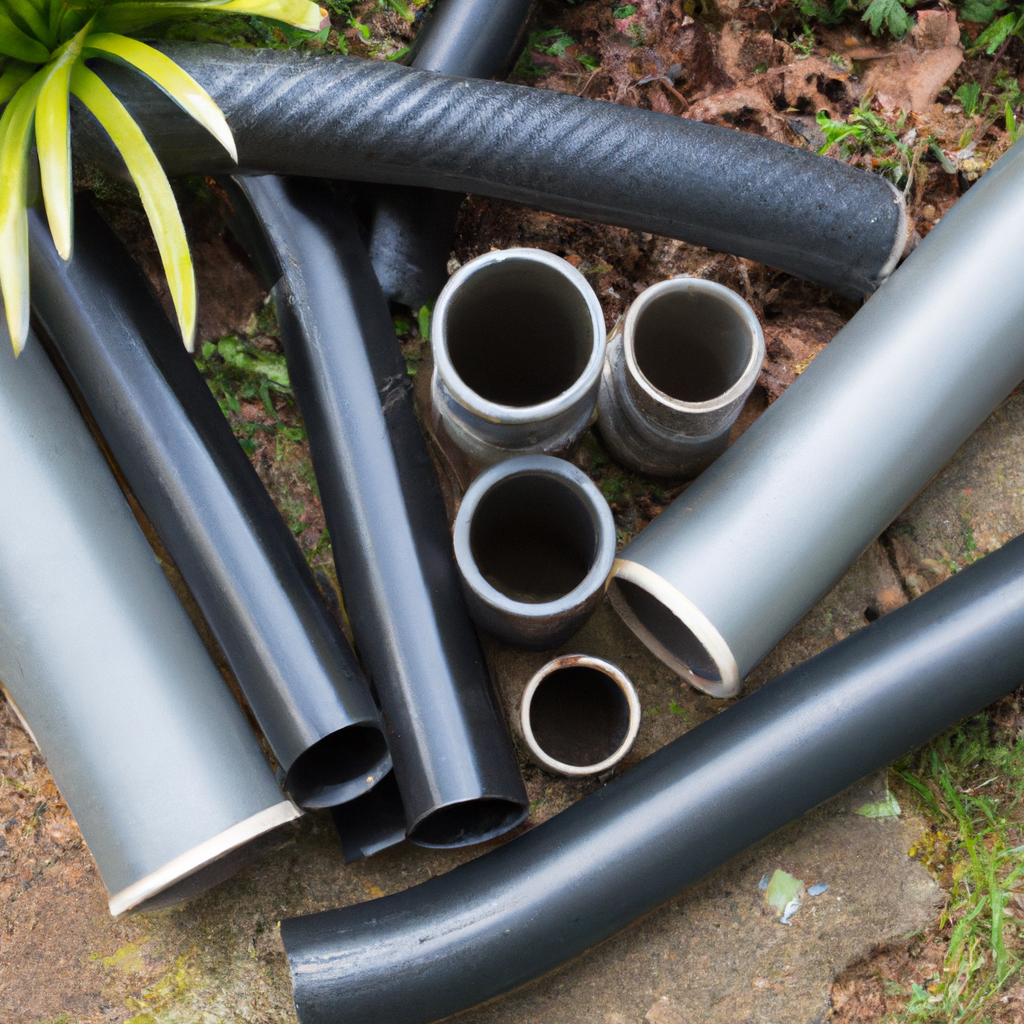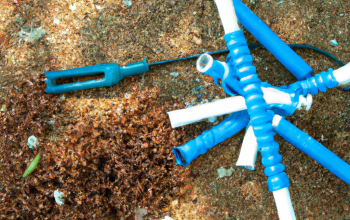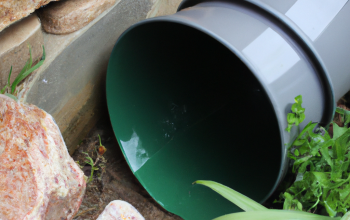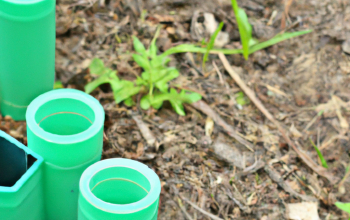Transform Your Garden: Expert Drainage System Installation for a Lush and Healthy Landscape!
When I first decided to tackle the problem of my soggy garden, I had no clue where to start. My backyard was turning into a swamp every time it rained, and honestly, it felt like my beloved plants were crying out for help! After some trial and error—mostly error—I finally managed to get a handle on things by installing an efficient drainage system. If you’re finding yourself in the same muddy situation, let me walk you through some essential tools and materials that made all the difference for me.
First off, you’ll need a good shovel. And when I say ‘good,’ I mean one that’s sturdy enough to not bend under pressure (literally). A round-point shovel worked wonders for me because it’s great for digging trenches. You might also want a trenching shovel if your soil’s particularly tough or rocky. When I started digging up my yard, let’s just say my old rusty spade didn’t quite cut it—lesson learned!
Next up is gravel. Lots of folks underestimate the power of these little stones! They’re crucial because they create space around your pipes so water can easily find its way through without getting stuck in compacted soil. Make sure you get clean gravel; trust me, you don’t want any extra dirt clogging things up down there.
Speaking of pipes, perforated drainage pipes are your new best friends here. These pipes have small holes that allow water to seep in and be directed away from your garden beds or lawn. When I laid down mine, it was like watching magic happen—rainwater actually went where it was supposed to go instead of pooling at my feet!
Oh! Don’t forget about landscape fabric too—it’s more important than you’d think. This stuff helps keep weeds out while letting water pass through freely into your drainage system. Just lay it down over your gravel before adding soil back on top; simple yet effective.
Now here’s something that took me by surprise: connectors and couplers! Who knew there were so many types? Depending on how complicated your layout gets (and believe me, mine got complicated), these little gadgets help join different sections of pipe together snugly without leaks.
A level is another tool worth having nearby—not just for making sure everything looks neat but ensuring proper slope so gravity does its job right when moving water along those pipes.
And last but certainly not least—a wheelbarrow will save both time and sanity during this whole project process since hauling gravel or dug-up dirt by hand isn’t anyone’s idea of fun!
I remember one sunny Saturday morning after finishing up installation; standing back with sore arms yet feeling immensely proud seeing dry patches where puddles once stubbornly lingered after rainfalls—that feeling alone makes all effort worthwhile!
So there ya go—the essentials as gathered from personal experience (with maybe too much sweat involved!). It might seem daunting at first glance putting together such systems yourself—but with patience plus these trusty tools & materials—you’ll soon enjoy thriving gardens minus unwanted marshland dramas again next rainy season arrives… happy gardening adventures ahead everyone 🌻



